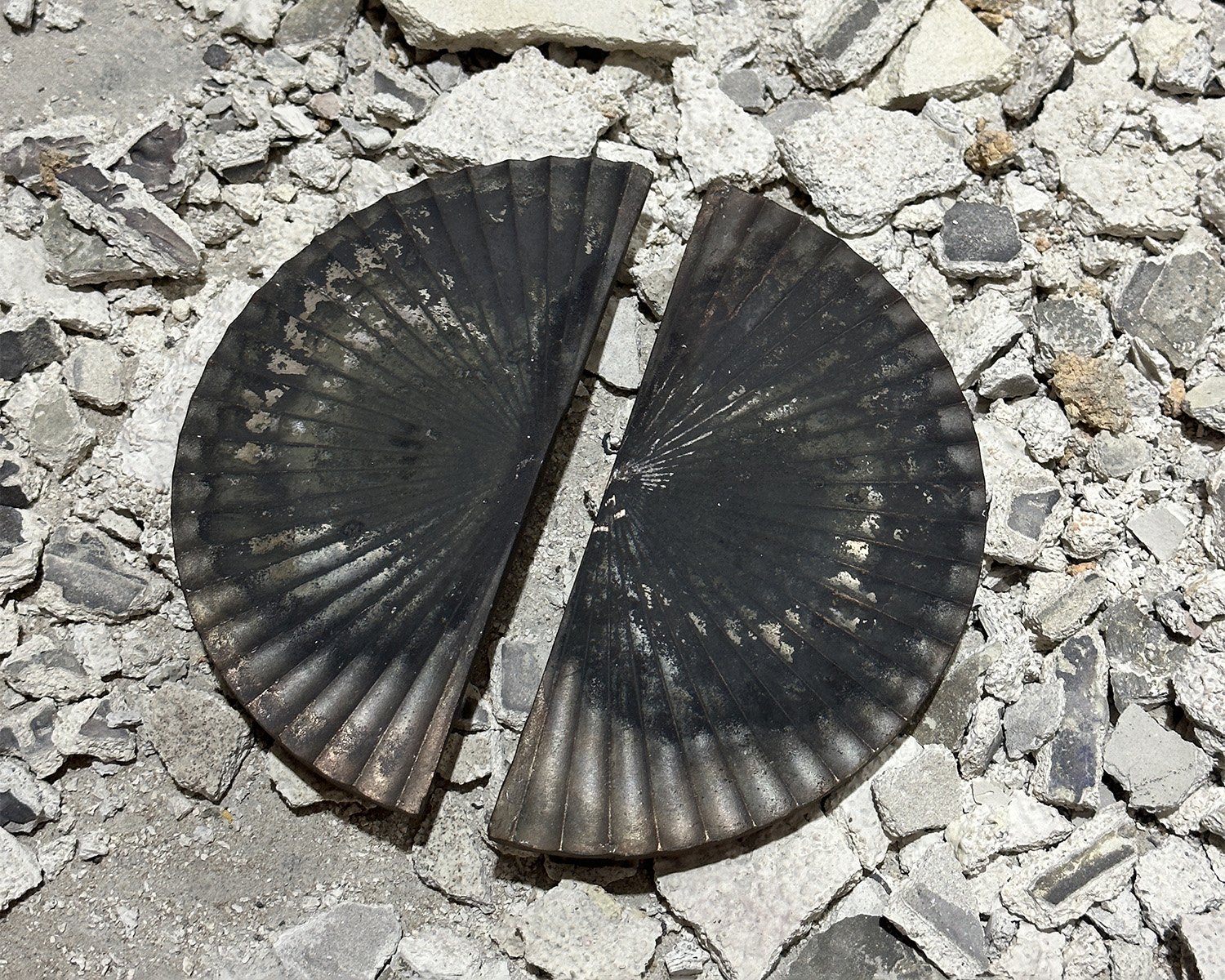What is investment Casting?
Investment casting or lost wax casting is a manufacturing process to create intricate and detailed metal parts with its origins dating back almost 6000 years.
Investment casting is favoured for its ability to produce highly detailed and complex parts with excellent surface finishes. It's often used in industries like aerospace, automotive, art, and even in creating specialised parts for machinery and equipment. The process allows for intricate designs and shapes that might be difficult or impossible to achieve with other casting methods.
Pattern creation
The process begins with the creation of a pattern, made from wax or a similar material. This pattern is an exact replica of the final part that needs to be produced. This can be produced using a silicone mould of the original piece, a wax sculpture, tooling on our wax injection machine or a 3d print.
assembly
Wax patterns are attached to a central bar with wax rods which are called the casting tree and gates respectively. The bar and rods varies in size and shape depending on the pieces being cast and the quantities. Sprues or additional bars are placed on the casting tree as necessary to ensure the molten metal will flow evenly through the mold and provide stability during the moulding process.
investment
The wax tree is then hand dipped into a ceramic mixture, and coated with zircon sand. This process is repeated multiple times often taking up to 24 hours to dry. each subsequent dip is followed by a coating of fine to course sand. as the layers build up, The ceramic coating forms a shell around around the wax patterns.
dewaxing
Once the ceramic shell is hardened, it is loaded into our autoclave, a large pressure boiler that melts the wax out to be reused. Following this each shell is placed into the kiln and preheated to 800 degrees, removing all moisture from the shell and ensuring there is no wax or debris inside.
casting
The empty shell, now known as the mould is preheated and placed into a casting box before the molten metal is poured in. The mould is preheated to ensure there is no moisture and to avoid thermal shock when the metal meets ceramic.
deshelling
Once the metal solidifies, the ceramic shell is broken off and the individual cast pieces are then cut off the casting tree, and then sand or bead blasted to remove the last of the ceramic shell and clean the oxide layer off from where the molten metal comes into contact with the ceramic mold.
finishing
After being blasted, the individual pieces are finished to the clients specifications. some pieces have the gates sanded off and are sent off for heat treating or post machining, while others are rumble polished in house, or in the case of sculptures, welded together, polished and patinated.







